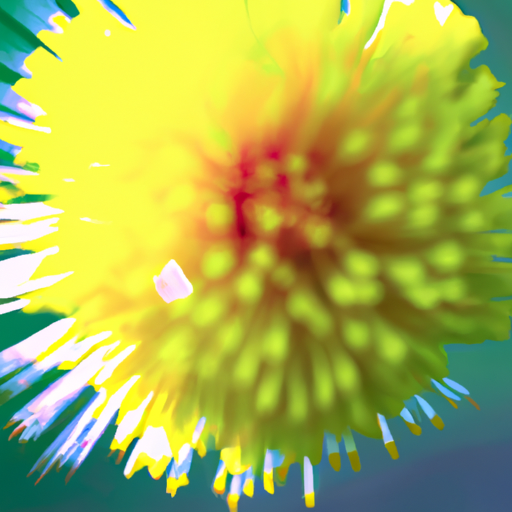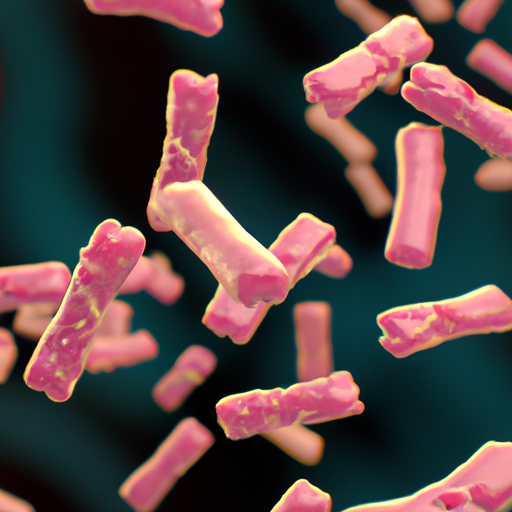Poliomyelitis, commonly known as polio, is a highly contagious viral disease that primarily affects young children. It is caused by the poliovirus, which is transmitted through contaminated food, water, or direct contact with an infected person. Polio can lead to severe complications, including paralysis and even death. However, thanks to the development of effective vaccines, the number of polio cases has significantly decreased worldwide. In this article, we will explore the symptoms, complications, prevention, and treatment options for polio.
Fever: The Initial Sign
One of the first symptoms of polio is a sudden onset of fever. The infected person may experience a high temperature, which is often accompanied by chills and sweating. It is crucial to monitor the fever and seek medical attention if it persists or worsens.
Sore Throat and Headache: Early Indicators
Shortly after the fever, individuals with polio may develop a sore throat and headache. These symptoms can be mistaken for a common cold or flu. However, it is essential to be aware of the potential risk of polio, especially in areas where the disease is prevalent.
Vomiting and Fatigue: Warning Signs
As the poliovirus progresses, individuals may experience vomiting and fatigue. These symptoms can be debilitating and may lead to dehydration. It is crucial to stay hydrated and seek medical attention if vomiting persists or if fatigue becomes severe.
Stiffness in Neck and Back: A Distinctive Symptom
One of the distinctive symptoms of polio is stiffness in the neck and back. This stiffness can make it challenging to move or bend the affected areas. If you or someone you know experiences stiffness in the neck and back, it is crucial to seek immediate medical attention.
Muscle Weakness: A Progressive Effect
As polio progresses, muscle weakness becomes more apparent. The affected muscles may become floppy or paralyzed, leading to difficulties in walking, standing, or even sitting upright. It is crucial to consult a healthcare professional if muscle weakness is observed.
Paralysis: The Most Severe Complication
One of the most severe complications of polio is paralysis. The poliovirus attacks the nerves that control muscle movement, leading to partial or complete paralysis. Paralysis can affect the legs, arms, or even the muscles required for breathing. It is crucial to seek immediate medical attention if paralysis is suspected.
Prevention: The Power of Vaccination
The most effective way to prevent polio is through vaccination. The polio vaccine is safe, affordable, and widely available. It is recommended that children receive multiple doses of the vaccine to ensure long-term protection. Additionally, practicing good hygiene, such as washing hands regularly and maintaining a clean environment, can help reduce the risk of polio transmission.
Treatment: Supportive Care and Rehabilitation
Unfortunately, there is no specific cure for polio. However, supportive care and rehabilitation can help manage the symptoms and improve the quality of life for individuals affected by the disease. Supportive care may include pain management, physical therapy, and assistive devices to aid mobility. It is crucial for individuals with polio to work closely with healthcare professionals to develop a personalized treatment plan.
Conclusion
Poliomyelitis, or polio, is a viral disease that can have severe consequences. Recognizing the early symptoms, such as fever, sore throat, headache, and vomiting, is crucial for early detection and treatment. Vaccination remains the most effective method of prevention, and supportive care can help manage the symptoms and improve the quality of life for individuals affected by polio. By raising awareness and taking appropriate measures, we can continue to reduce the global burden of this debilitating disease.








